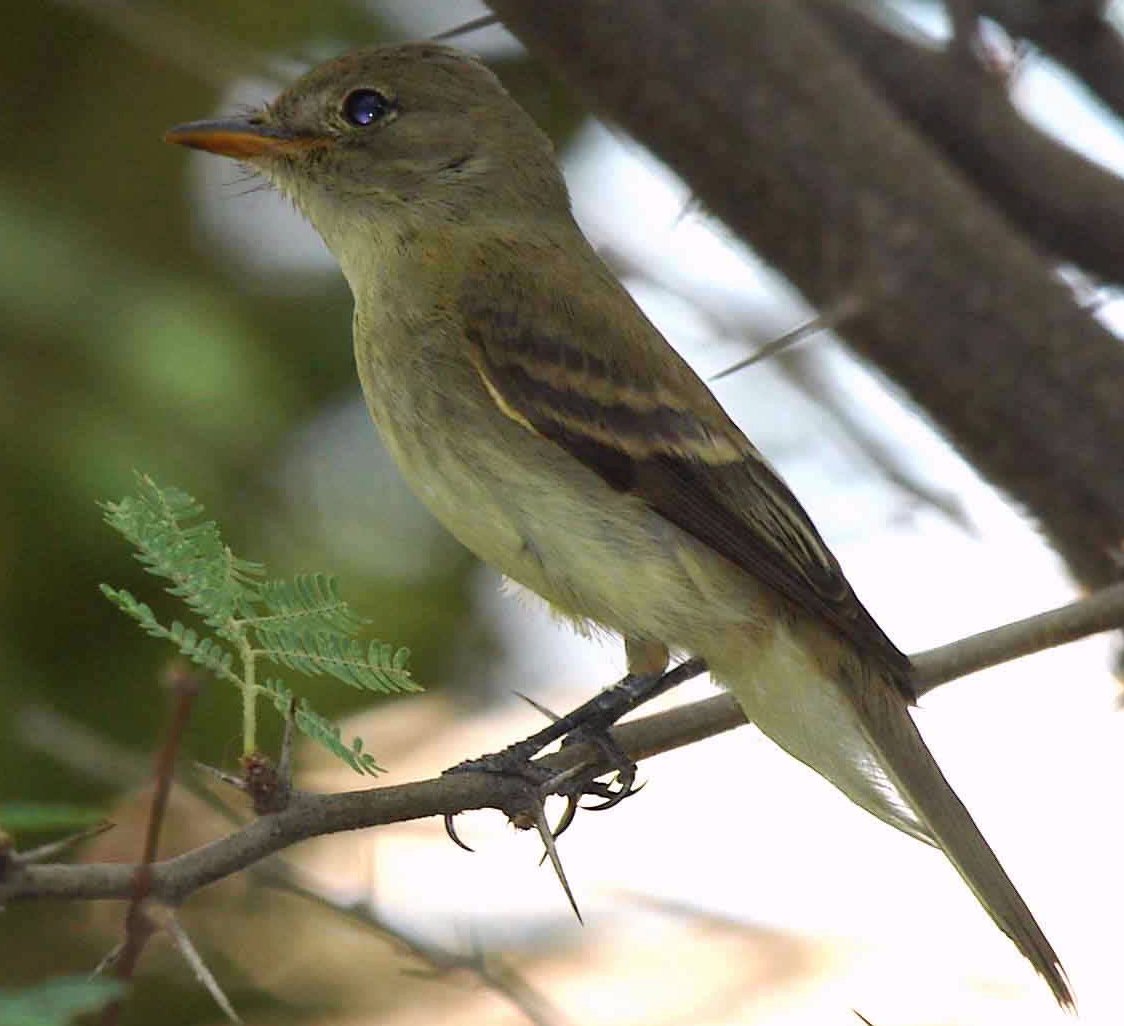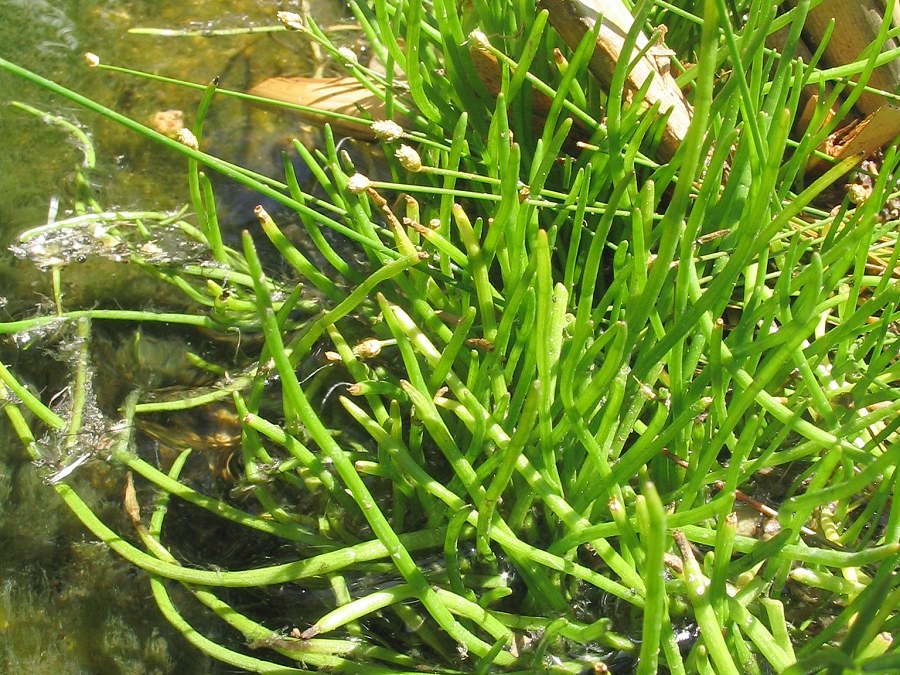San Pedro Riparian National Conservation Area
The Bureau of Land Management is currently updating the Resource Management Plan (RMP) for the San Pedro Riparian National Conservation Area (SPRNCA) in southeastern Arizona, which will guide the management of the area for the next 15-20 years. There is a lot at stake for this critically important area, which protects more than 44 miles of the San Pedro River.
It is important that the BLM know we want to see wilderness values (“Lands with Wilderness Characteristics”) and ecological values preserved in this biodiversity hotspot that harbors hundreds of migratory birds, several threatened and endangered species, and extensive archaeological resources (read more). A number of proposed projects in the RMP could adversely impact this riparian corridor.
In May of 2016, the BLM released inventory reports for SPRNCA Lands with Wilderness Characteristics and Wild and Scenic Rivers.
The BLM also provided a good explanation of these reports in their newsletter (PDF). Watch for action alerts on how to get involved and support wild and natural areas along the San Pedro.
|
More About SPRNCA
Ahh, the San Pedro River. The longest free-lowing river left in Arizona, it originates in Sonora, Mexico, running from the border an additional 100 miles through Chihuahuan and Sonoran Desert until it empties into the Gila River.
As Congress’ first ever Riparian National Conservation Area, in 1988 the Sonoran Desert Riparian National Conservation Area (SPRNCA) was created to protect 57,000 acres of the river’s lush riparian corridor which provides for local and migrating wildlife, and contains significant archaeological value.

The Southwestern Willow Flycatcher ( Empidonax trailii extimus) was placed on the federal Endangered Species list in 1995, after more than a century of decline due to a reduction of its riparian habitat from livestock grazing, dams, water withdrawl, and sprawl. © USFWS/Jim Rorabaugh
|
SPRNCA protects 40 miles of the San Pedro River, allowing for an unimpeded flow that results in the most extensive desert-riparian habitat remaining in the United States.
As an essential migratory stopover for millions of birds each year, this Globally Important Bird Area (ahem, our nation’s first) sees more than 250 species of migrating and over 100 species of resident birds...nearly 45% of the total bird species in North America.
SPRNCA is especially important to those threatened and endangered species found in the area—plant and wildlife. Turn your eyes to the sky and you may catch a glimpse of threatened Yellow-billed Cuckoo, the uncommon Gray Hawk with its distinctive cry, or the endangered Southwestern Willow Flycatcher. Keep your eyes low and you may spot the endangered Huachuca water umbel.
Life teems from the San Pedro. In addition to the hundreds of bird species you’ll find over 80 species of mammals and 41 species of reptiles and amphibians, placing the San Pedro at the top of the list for diversity in vertebrate species in the continental US, and 2nd in the world for highest diversity of land mammals. And not to be outdone, those flits of color you see – that’s 180 species of butterfly!

Listed as endangered in 1997, Lilaeopsis schaffneriana spp. recurva is a herbaceous, semi-aquatic perennial found in cienegas, springs, and other healthy riverine systems like SPRNCA.
|
Designations and statistics aren’t limited to the abundant natural phenomena, the San Pedro River also has a 13,000 year history of civilization. The upper San Pedro River valley contains the highest concentration of Clovis sites in North America (mammoth hunters!). More than 250 historic sites, relics, and ruins have been found in SPRNCA — from the agricultural Hohokam culture, Spanish missions, military occupations, mining, ranching, and where we are today. With two National Historic Landmarks in the boundaries — the Murray Springs Clovis site and the Lehner Mammoth-Kill site — you are sure to fill your days with exploration and intrigue.
The area’s ecological and cultural resources draw local recreational users and international visitors, contributing to a vibrant tourism economy. In Cochise County where SPRNCA is located, watchable wildlife contributed an estimated $14 million in retail sales and $7.6 million in salary and wages in 2011 (read more).
Cottonwoods and willows will welcome you to the San Pedro River National Conservation Area, where the birds will sign your welcome. Be sure to look around – you may spy a beaver, a coatimundi, javelina, or tracks of more elusive species. Not to mention those Gila chub and others swimming in the shallows along the river banks. And stumble across relics or ruins from days long gon. SPRNCA is full of life – past, present, and future – and we lucky to be a part of something so unique to the desert southwest. Voice your support!
|

